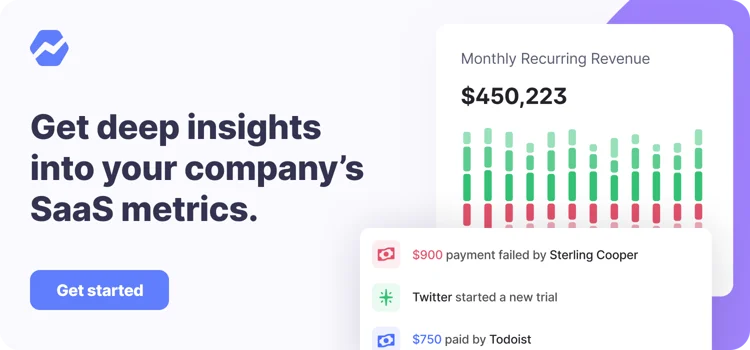Table of Contents
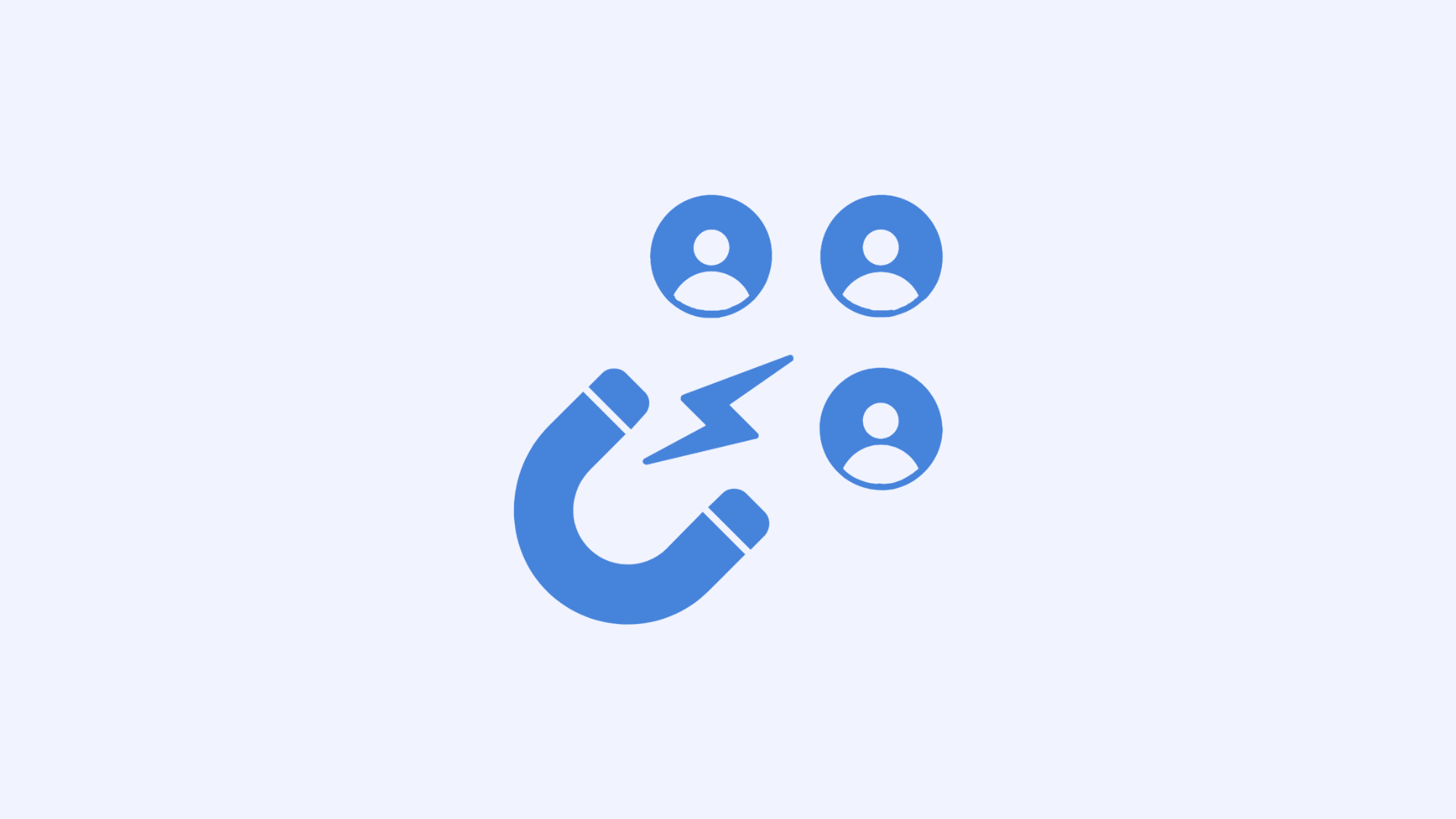
At a time when there are more SaaS solutions than ever before, keeping users engaged and bringing back disengaged users with your product has become increasingly difficult.
Companies spend so much energy and money trying to keep their hard-earned users, only to see them get bored and disengage from the brand.
This brings us to the million-dollar question:
Why is it so hard for companies to keep customers engaged after they sign up?
In this article, you’ll learn how to keep your customers engaged and how to win them back in the event you lose them.
All the data your startup needs
Get deep insights into your company’s MRR, churn and other vital metrics for your SaaS business.
Why do Customers Disengage in the First Place?
Whatever the target audience, fostering user engagement is critical to any SaaS company.
It begins as the customer has either followed an embedded link or hopped into the company’s email list. Marketers then spend a gazillion hours and money in an effort to retain customers.
Yet, in the event you end up losing them, it happens because of these three key reasons:
1. Not living up to promises
Many companies oversell their software to get their subscribers to sign up..
It’s like promising white and delivering black. Or even, promising Seth Godin and delivering just ME.
While it sounds like a great way to get your subscribers to act, it ends up doing worse than good by leading to an increase in churn and a hit on your brand.
Customers will lose interest in your business the minute you stop living up to your promises.
Remember when Tesla promised the hyper affordable Tesla Model 3 in 2016 for $35 000? People hugely prepaid for the car, but the company then fell short on their promise? Long story short, the company couldn’t deliver at that price and had to come up with an even more expensive model.
Just for that, the company was a step away from going bust.
An even worse way businesses do this is by surprising customers with hidden extra charges, which can make them angry and/or even look for a better deal.
Not only will you see your churn rate increase, but you’ll also see people disengage with your company completely.
2. Lack of Post-engagement Strategy
When users are actively using your product during a trial period, they are exponentially more likely to become paying customers. Just like retaining customers, converting users all comes down to engagement.
Customer engagement is a bit like dating. You have to show some interest to the other party; otherwise, the relationship is going nowhere.
This is why post-engagement strategies are a must.
Do you have any software? You have to make sure users are making the most out of it and enjoying using it. Are you selling a product? You have to be sure it is helping your customers.

Source: LinkedIn
A post-engagement strategy also helps you tailor your services to meet your customer’s expectations. Work with your users to pinpoint the things that drive home the value you’re offering to them.
For Baremetrics, that’s connecting a data source like Stripe or Pipedrive, which ultimately gives our users hundreds of insights they’ve either never had before or spend an inordinate amount of time getting.
Without a solid post-engagement strategy, nothing brings your brand back into the customer’s mind. And most companies don’t bother nurturing the relationship after acquiring customers.
3. Poor communication
Data from Forrester shows that 45% of US customers abandon an online purchase over poor information. That’s huge.
Poor information can be anything like a website filled with so much information that visitors are left wondering about the core message. Or even an email blasted with too many CTAs.

Source: web.archive.org
Too much information amounts to poor communication, and too many CTAs can confuse readers. Readers lose focus over too many options, and that ultimately leaves them in the dark.
As a result, potential users don’t get what they’d hoped for and have no clue what their next move should be.
These simple gimmicks can be the exact thing a hesitant customer needs to make a decision. And that’s where you lose them.
But, it’s not all doom and gloom. There’s a way to retain your customers after all.
Four Ways to Bring Back Disengaged Users
Winning back disengaged users doesn’t happen overnight. You have to be strategic and proactive about it. Here are a few tactics you can employ to foster customer engagement.
1. Re-engage lapsed users
A lapsed user is a user who has not reacted within a given period.
For example, premium software users who have not been active on your platform within a considerable time frame. Usually, these customers are no longer satisfied or feel like your brand no longer aligns with their goals.
You can create segmented audiences based on customers who have not opened emails or purchased within a specific time frame.
And run an email marketing campaign that aims to get them back using your solution. Also, make sure to ask them why they stopped using your app/software at some point. This will help you better conceptualize what they need, and then you can tailor your services to better resonate with them.
Another way to re-engage your lapsed users is to offer them personalized content in your emails and on your website.
Personalized email is a safe tunnel to reach your customers’ hearts. It helps them identify themselves with your company, and they’ll be more engaged.
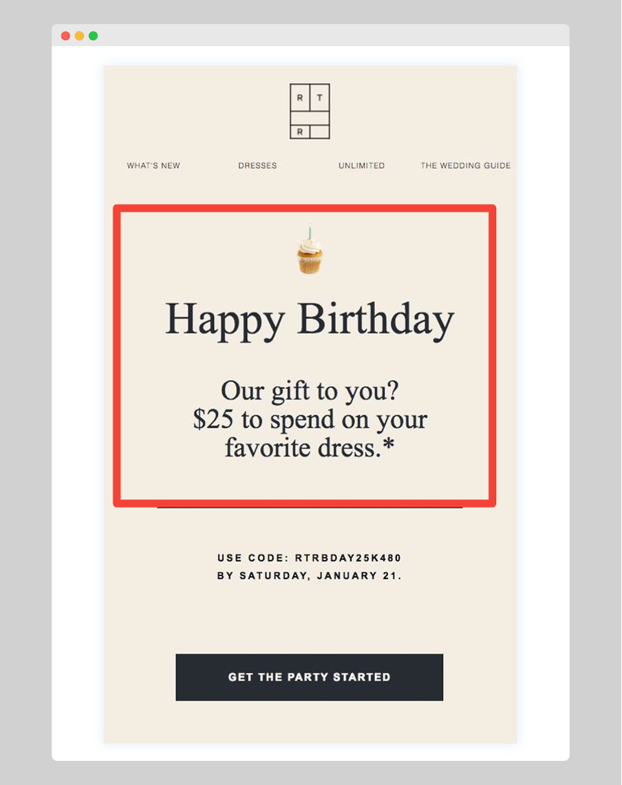
Source: rejoiner.com
Here are a few more things you can do:
- Don’t make it difficult for them to interact with your team. You can use chatbots or even Slack to foster easy communication with team members.
- Show your appreciation to customers.
- Reward customers for loyalty.
- Send them birthday messages.
- Send timely reminders.
- Ask for customer feedback.
You can also offer promotions to reward their loyalty. And most importantly, when you get notice of their inactivity, follow the heck out of them.
For example, Grammarly constantly tracks and monitors users’ activity, and if they realize any inactivity within a period, they send this email:
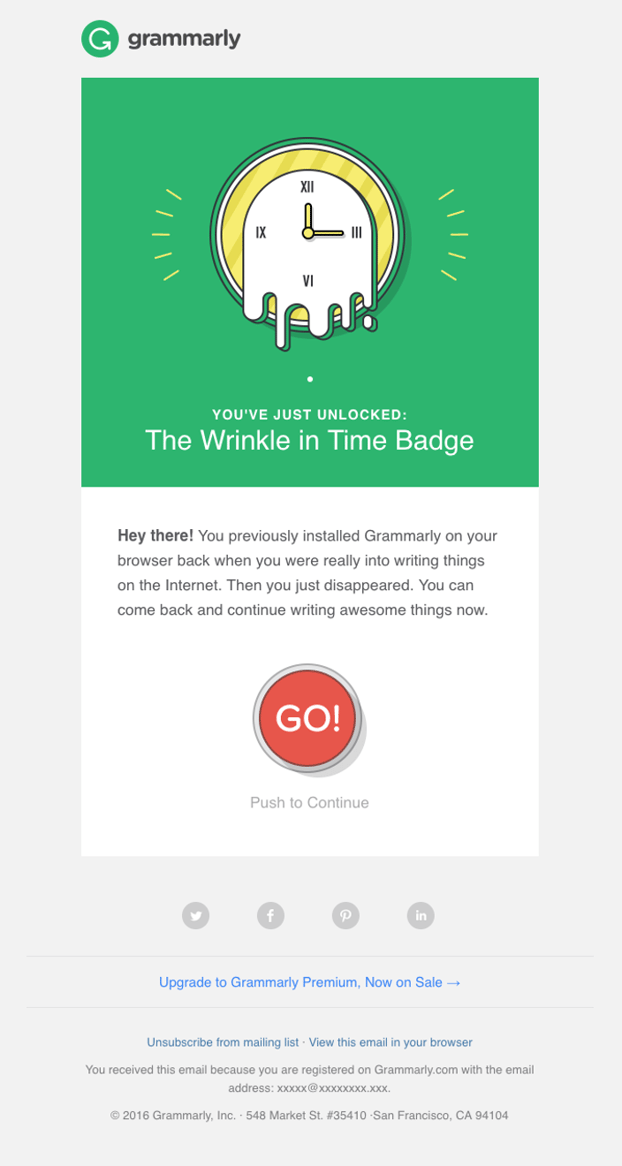
Source: medium.com – Lira Mail
At the end of the day, if customers don’t come back despite your efforts, always ask them if they want to unsubscribe. It helps you keep your email list clean and healthy.
2. Leveraging remarketing
Remarketing has become an important way to get web users to return to the site they visited. Yet, it is one of the most underrated customer retention tactics.
Case in point, 46 percent of marketers think remarketing is an underrated tactic.

Source: google.com
96% of visitors that come to your website are not ready to buy.
By using remarketing techniques, you can show up where your potential customers are. For example, you can group users into segments and deliver individualized remarketing content.
And so, after they leave your website, you send them a retargeting email campaign or ads to persuade them to reconsider your offer when they need it.
But while doing so, make sure to tailor the remarketing towards the ideal prospects. Getting back a user who abandoned their cart before ordering is no difficulty. However, getting a user who only consulted one page to come back is.
3. Start a Win-Back Email Campaign
No one wants to lose the interest of a hard-earned customer, especially when statistics show that it costs five times more to get a new customer than to keep a loyal one.
As bitter as it may be, there will always be users who will go silent or stop using your product altogether.
And if like most businesses, you too have 50% of your revenue coming from repeat customers, then you need to consider win-back emails in your email marketing strategy.
Win back emails are a great way to remind your customers why they signed up for your product in the first place. That rekindled interest can lead them to buy from you once again.
Keep in mind that 45% of customers who receive a win-back email will open your future emails.
Here is an example from WordStream.

According to ActiveCampaign, the more win-back emails you send, the more likely you are to re-engage your inactive users.
So they suggest a sequence of 5 emails like in the following picture.
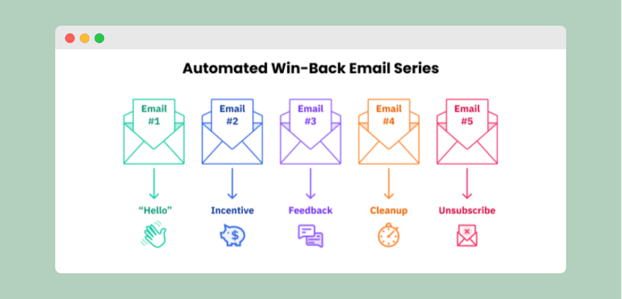
Source: activecampaign.com
- Hello
Send your disengaged users a casual email to stir up their minds about your business. It can also be a quick reminder that they have been inactive for a while. This will give the relationship a quick Ctrl + R and get you rocking again.
- Incentive
Maybe the first touch was not enough to get them out of their shell. Bring on their table something that can help pique their interest.
- Feedback
That can be a quick survey email asking for their feedback. Asking for customer feedback makes them feel that they matter to your brand. That also can help rekindle the relationship.
- Cleanup
You can’t keep people as your customers if they don’t act like one. Send them one last email to let them know that they will be removed from your mailing list if they don’t respond. At the end of the day, it’ll give you more time to serve your engaged clients better.
- Unsubscribe
If they still don’t react, unsubscribe them and keep your list healthy.
4. Answer User Questions and Complaints
Sounds like an unpopular opinion, but in most cases, when a customer complains, it’s because they love your brand. Wisdom suggests that you leverage their complaints to better your service and gain their hearts.
Plus, 83% of customers agree that they feel more loyal to your brand if you respond and resolve their complaints.
So, with your customers, build relationships based on reactivity. People are streaming to platforms where they know their voices matter. Show up there and be empathetic.
Tesla CEO Elon Musk is a genius at this. During the 2017 last holiday season. He sent out a Christmas tweet where he thanked customers and asked how the company could improve.
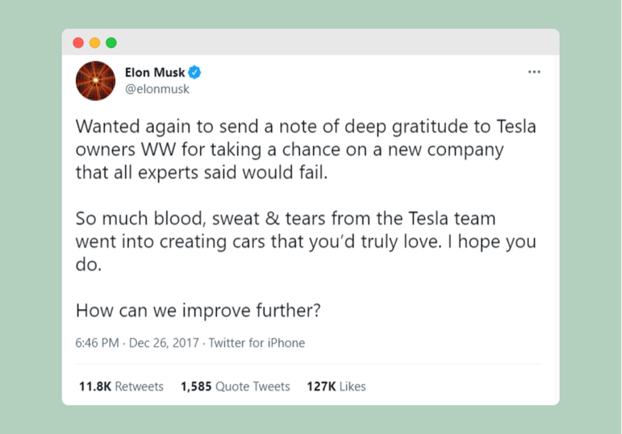
Source: Twitter
The relationship you have with your customers cannot be ended by dissatisfaction—quite the contrary. Managing customer feedback, including criticism and negative comments, is a crucial moment for your company.
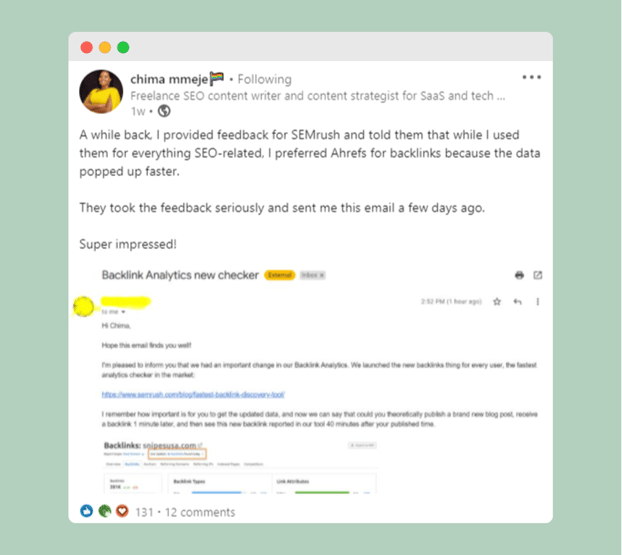
Source: LinkedIn
How to Keep Users Engaged
Customer engagement refers to campaigns aimed at reinforcing the customer’s commitment. Organizations need to leverage user actions, use them to make changes, and improve their bounce rate.
Here are three ways your company can better engage your customers today:
1. Optimize your product for a better UX
In the age of user experience, nobody likes to bother with complicated things.
As proof, 70% of customers abandon their purchases because of a bad user experience. You need to be committed to improving your products/services to satisfy your customers to the best of your ability.
By improving your user experience, you’ll have a chance to make a good impression on your customers and stay unforgettable.
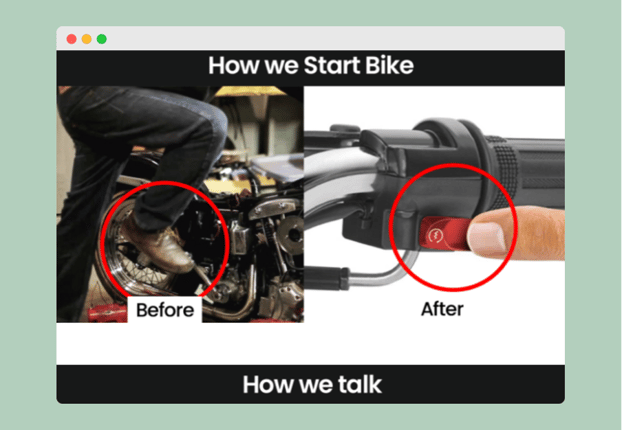
Source: Medium – DesignXP : Learn UI UX Online
Another good reason to put the customer experience at the center of your efforts is that for every dollar you invest in the user experience, you earn 100 dollars. That’s an impressive 9,900% return on investment.

Source: InVision
2. Genuinely Harness Feedback
Consumer behavior changes by the second. Customers are given myriads of options to solve one single problem. Today everyone likes Trello, tomorrow they prefer Basecamp.
That’s why it’s crucial to continuously ask your customers for their opinion (ie. customer feedback). There are two types of feedback you should be collecting: solicited and unsolicited.
1. “Solicited” feedback means you’re actively going out and asking questions of your customers. You’re sending surveys, personalized emails, and in-app messages. This type of feedback happens in more predictable intervals as you’re the one initiating it.
NPS surveys have been the most consistent way for us to get regular feedback. In addition to those, we send a series of lifecycle emails to onboard customers (and collect feedback about their experience) as well as product research messages via Intercom’s in-app messaging feature.
2. “Unsolicited” feedback is what you’ll receive most of the time. It’s the random emails, help desk tickets, and tweets that come in at completely erratic times.
Both types of feedback are valuable, but how you collect and take action on the feedback is even more important.
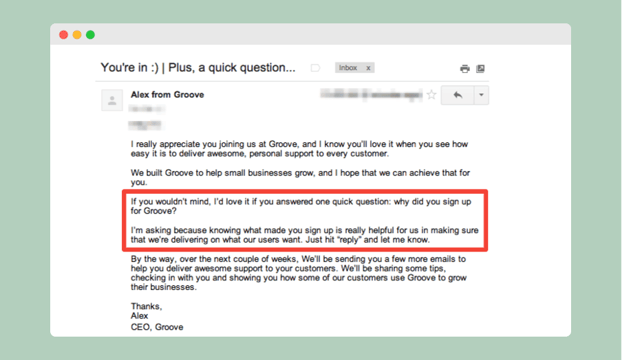
Source: Groove
It allows you to know what your customers want and what their current needs are.
Here is how Lemlist does it:
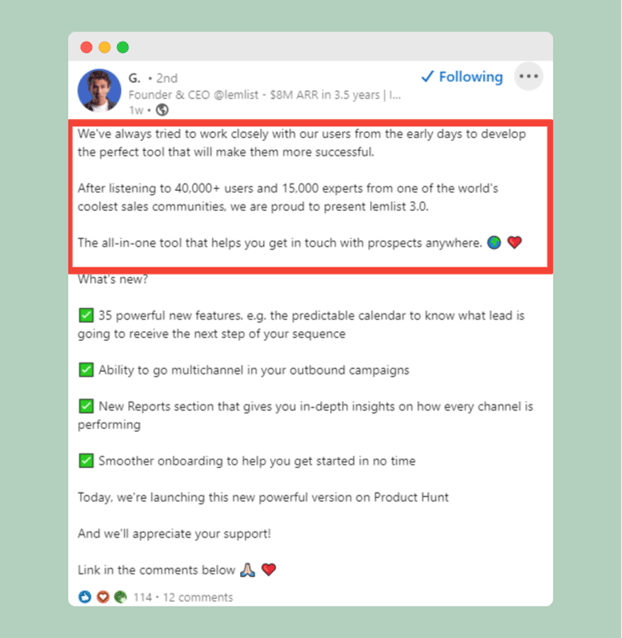
Source: LinkedIn
The company leverages users’ feedback to design their ESP to meet users’ requirements and make them successful. Ultimately, users are happy, and everybody wins.
3. Avoid Automation More Often
Automation has a ton of advantages, and we make good use of it with tools like Baremetrics Recover.
But automation isn’t always the best means to keep users engaged. For example, it’s safe to send automated emails in a situation of cart abandonment, but customer service response emails should not be automated.
Interestingly, sometimes you’re just two minutes away from closing your biggest deal. And so, choosing to send an automatic reply instead of a more human-sounding one might cost you money.

Source: LinkedIn
Keep your customers engaged with Baremetrics
There is no doubt that it has become challenging to keep customers loyal and engaged these days. With more SaaS solutions at your customer’s disposal than ever, finding ways to keep your current customers more engaged than ever.
To make sure your customers come back to buy from you again and again, remember:
- Always put your customers at the heart of your decisions.
- Leverage customer insights to improve.
- Don’t automate everything.
- No hard sell. Add value first, and the rest will follow.
Did we forget something you think is crucial to this post? Email us.
If you want to leverage better insights to make better decisions for your customers, we recommend Baremetrics.
Our business metrics monitoring tool acts as the “single source of truth” dashboard for your business. From customer segmentation, to gaining deeper insights into your target customers, forecasting into the future, and using automated (when necessary of course) tools to recover failed payments, Baremetrics has you covered.
Sign up for the Baremetrics free trial and start managing your subscription business right.

